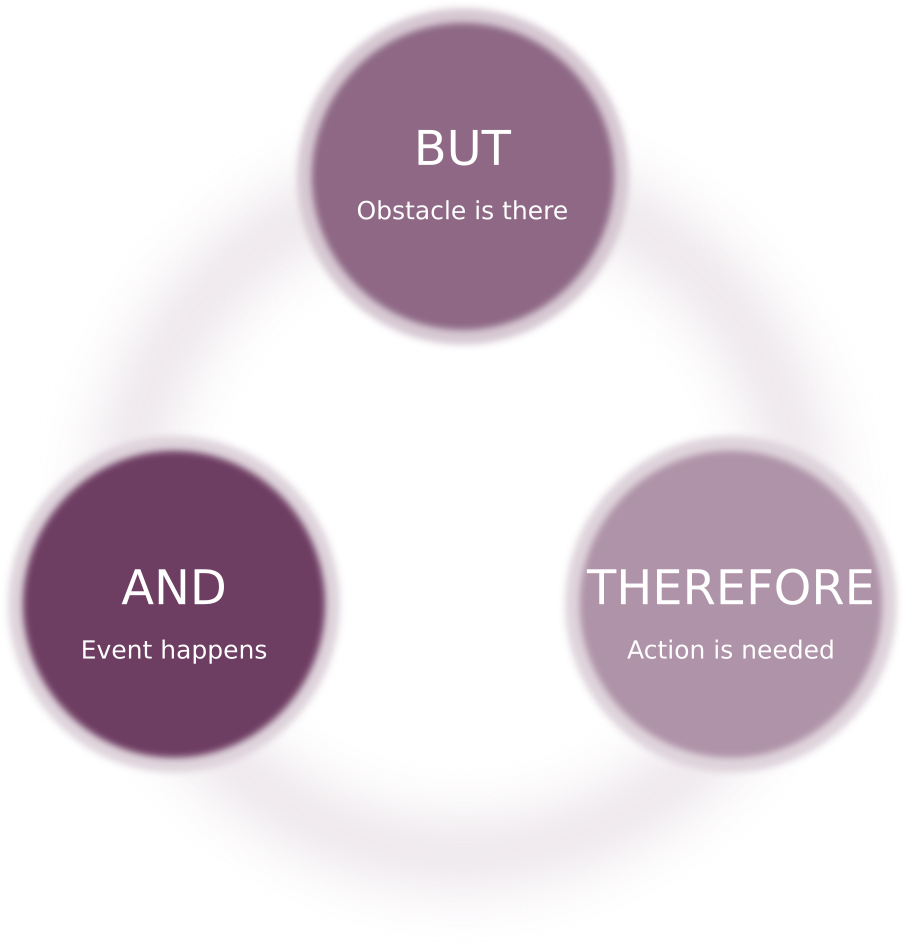ABT – A Writing Game-Changer: My 'AHA' Moment of March 2023
2023-04-03 | Reading time: 5 min
As a scientist, I am passionate about effectively communicating my research findings to my colleagues and the wider scientific community. I know first-hand that one of the biggest challenges in writing scientific papers is to organise and present the results clearly and concisely. And in the last month I was busy writing scientific texts ✍️. But when I discovered the ABT rule, it was a game-changer❕
The ABT rule, which stands for And, But, Therefore – a concept for storytelling communication: The “And” part of the rule includes an introduction to the general context or background of the research, while the “But” part highlights the research gap or question that the research aims to answer. Finally, the “Therefore” part contains a brief summary of the research findings and their implications.

Let’s look at how the ABT Rule can be applied to the example from Romeo and Juliet:
And: Romeo and Juliet fall in love at first sight 💌.
But: Their families are rivals ⚔️.
Therefore: They cannot be together 💔.
Overall, this simple but powerful framework provides an amazing tool for communication. By structuring your message in this way, you can engage your audience and make your ideas more compelling and memorable. In a scientific context, the ABT rule provides a clear and concise structure (thread of Ariadni 🧵) for academic writing and makes it so much easier to organise your thoughts and present your findings in a way that is understandable to others. I find this concept very helpful, especially when it comes to writing abstracts or pitching research ideas. Since the ABT starts with a general context, then moves to a specific research question and finally summarises the main findings, I have found that this strategy keeps the reader/listener engaged and transfers all the important information.
I cannot stress enough how helpful it is to use the ABT rule in your scientific communication, because storytelling structure is everything 📚. It has made my writing and discussions more efficient, creative, and innovative, and I’m confident it can do the same for other scientists, too 👩🔬.